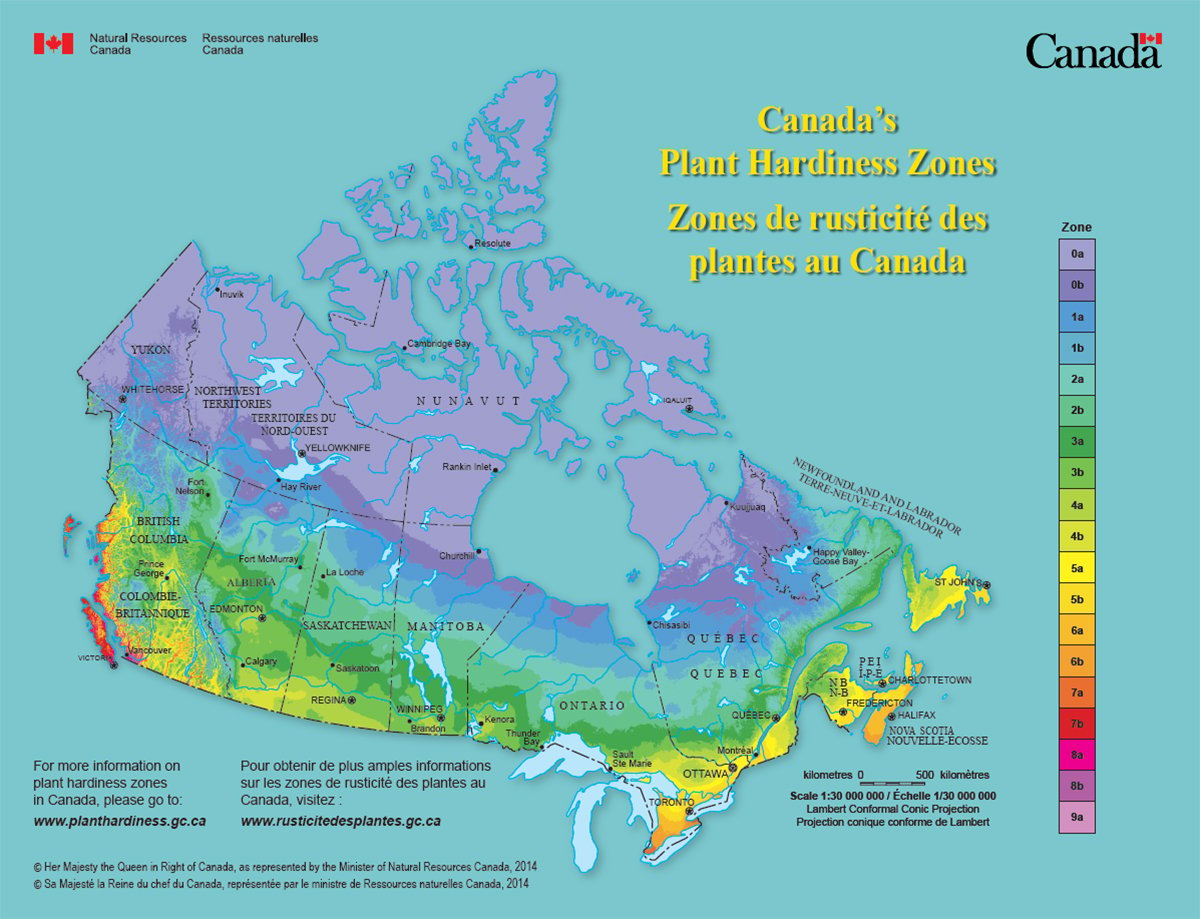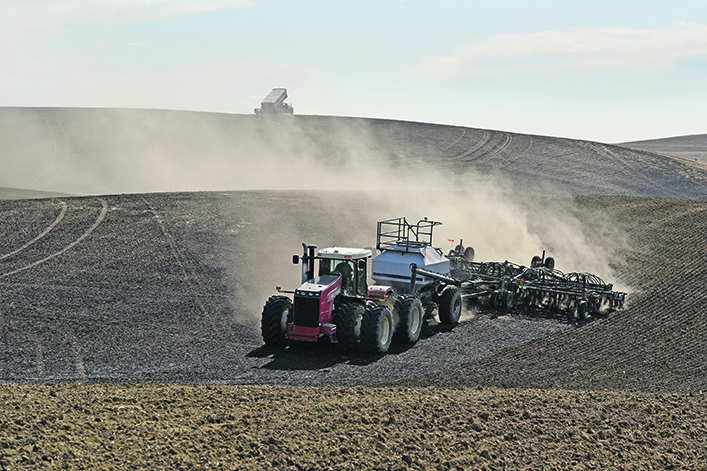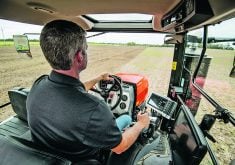In the summer of 1859, a British astronomer was investigating what looked like a group of dark specks on the sun when there was a blast of light.
The flare he saw lasted five minutes. The effects lasted for two days. Telegraph systems failed so spectacularly that operators got electrical shocks from their machines. Paper caught fire, noted University of Mississippi electrical engineering professor David Wallace in a 2022 article from The Conversation.
The massive solar storm was named the Carrington Event, after the astronomer who observed the flare.
Read Also

Canada’s plant hardiness zones receive update
The latest update to Canada’s plant hardiness zones and plant hardiness maps was released this summer.
Earlier this month, another solar storm washed over Earth. No telegraph operators were harmed, but farmers across North America were frustrated with suddenly misbehaving GPS systems. Autosteer and precision ag systems refused to work as advertised.
Wawanesa, Man., farmer Simon Ellis had begun seeding a new field May 10 when he realized his GPS wasn’t working correctly.
“Initially there were large misses or large overlap, up to half the air seeder width,” he said. “That was with the autosteer engaged.
“At times it would start the pass correctly then slowly start missing until (the error) was half of the machine width. Then it would go back the other way.”
Ellis took to social media with the problem and soon realized he wasn’t the only one affected. Commiserating responses to his post included fellow farmers in southwestern Manitoba, as well as farmers across the Prairies in Swift Current, Sask., and as far south as Kansas.
Ellis was using WAAS (Wide Area Augmentation System) GPS, but other producers noted issues with their RTK (Real-Time Kinematic) systems.
In the United States, LandMark Implement, a John Deere dealer with locations across the Midwest, sent notifications to customers advising them that the accuracy of RTK, SF2 and SF3 guidance systems was compromised.
“The storm has affected all brands of GPS, not solely John Deere,” it said in a May 11 statement.
Satellite internet provider Starlink also reported “degraded service” on May 11, Reuters reported.
After hearing that the issue was widespread and likely caused by solar activity, Ellis turned off his high-tech guidance system and spent the rest of his Friday seeding “the old-fashioned way,” he said.
What is a solar storm?
To understand solar storms, Nikhil Arora, a post-doctorate student researching astronomy and astrophysics at Queen’s University in Ontario, suggests people think of the sun as a pot of soup. Once that liquid boils, bubbles rise to the surface and pop. Sometimes they splatter soup into the air.
“That’s exactly what’s happening in the sun as well,” Arora said. “The sun is actually bringing material from the centre all the way to the surface.”
When that material bubbles out from the centre and pops, material is flung out in a solar storm. The impact to Earth depends on whether that “splatter” is in the direction of our planet.
Here, Arora said, the soup analogy breaks down. Rather than the straight trajectory of liquid splattering out of a pot, solar material ejects along the magnetic field of the sun. Scientists can use what they know about those magnetic fields to predict how the “splatter” will be flung.
Scientists knew days in advance that there would be a solar storm or coronal mass ejection. The U.S. National Oceanic and Atmospheric Administration issued a press release May 9 warning that a series of solar flares and coronal mass ejections had begun the day before.
The sun’s “boiling” activity fluctuates in an 11-year cycle. It spends about five and a half years in a state of high activity, a window called the solar maxima. The sun is currently reaching that peak.
Following the solar maxima, there is an equal period of waning activity, called a solar minima.
Why GPS?
Magnetic fields interact with electronics and can cause interference. For many non-farmers, the storm’s only results were several nights of vivid, multi-coloured aurora borealis seen as far south as Florida.
Those lights were the result of charged particles from the sun streaming through Earth’s atmosphere and interacting with atmospheric gases, Arora explained. Green lights indicated those particles encountered nitrogen, while pink lights denoted an interaction with oxygen.
In the upper atmosphere, the fast-moving charged particles created turbulence for satellites, said Oleksandr Shvets, delivery manager with EOS SAT, a satellite service used for agricultural data gathering and analysis.

Shvets said they didn’t experience any interruptions to their service or to their crop monitoring tool, but did notice minuscule deviations in the speed and course of their satellite.
Since the solar cycle is relatively predictable, it’s considered when calculating a satellite’s lifecycle and orbit, Shvets said. Satellite manufacturers also use shielding to protect electronics from solar radiation or temperature.
GPS satellites are designed for both military and civilian applications and are most likely quite robust in design, Shvets said.
End users like farmers don’t usually need such contingencies on their ground-based equipment, he noted. The atmosphere is generally protection enough. He said the interference was “most probably” taking place on land-based equipment, not the actual satellites.
Shields up?
If, like Ellis, farmers switched off their GPS and continued seeding, the storm may have few lingering effects, though LandMark Implement warned its clients that, for the rest of the season, their rows might not line up with AutoPath lines.
Still, some experts argue for more preparation, given the increasing role of technology like GPS in farming and other industries.
“It is only a matter of time before the Earth is hit by another big geomagnetic storm,” Wallace wrote in an updated version of his article May 13.
A storm the size of the Carrington Event, which scientists estimate could occur once every 500 years, could knock out electrical grids, internet and radio signals. It could damage satellites, including GPS, which could hamper anything from road navigation to national defence, Wallace said.
“I believe it is critical to continue researching ways to protect electrical systems against the effects of geomagnetic storm, for example, by installing devices that can shield vulnerable equipment like transformers and by developing strategies for adjusting grid loads when solar storms are about to hit.
“In short, it’s important to work now to minimize the disruptions from the next Carrington Event.”
















